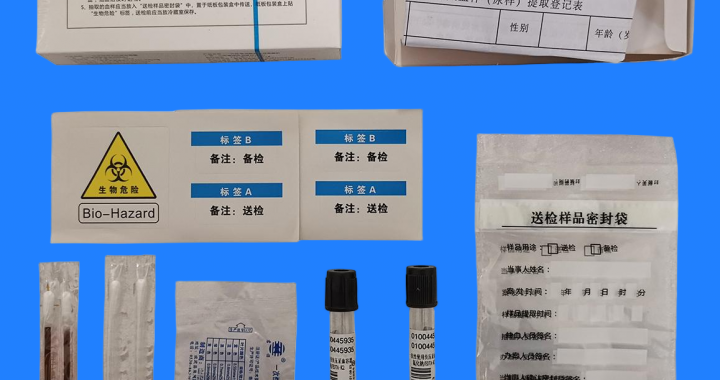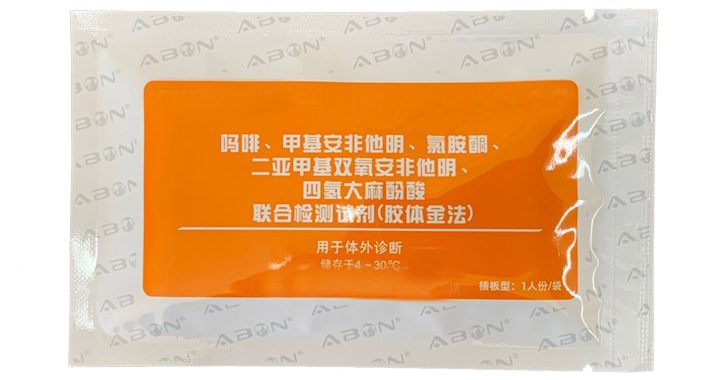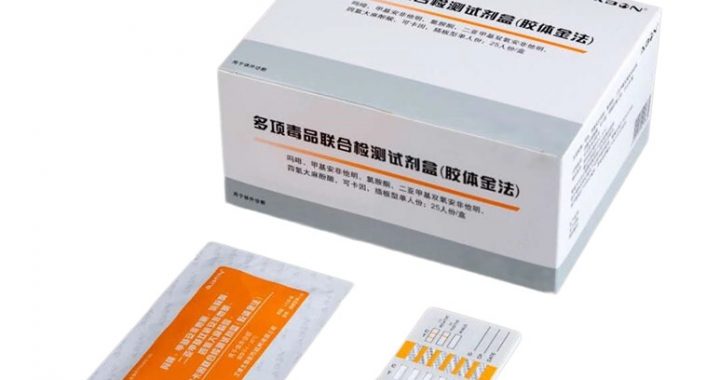Hair trace drug rapid analyzers provide fast, accurate, and non-invasive detection of drug use. Utilizing immunoassay technology, these devices can screen multiple substances simultaneously with minimal sample preparation. Key advantages include long-term detection capabilities, high sensitivity, portable on-site operation, and automated result reporting. They reduce the need for complex laboratory equipment while maintaining reliable, legally defensible outcomes. These analyzers are ideal for forensic investigations, workplace monitoring, rehabilitation programs, and law enforcement applications where timely, trace-level drug detection is critical.
Features:
-
Rapid and non-invasive detection of hair-trace drugs
-
Multi-substance screening with high sensitivity
-
Portable and suitable for on-site testing
-
Automated and traceable result reporting
Scope / Applications:
-
Forensic and criminal investigations
-
Workplace and occupational monitoring
-
Rehabilitation and compliance programs
-
Law enforcement and legal proceedings

-720x380.jpg)

